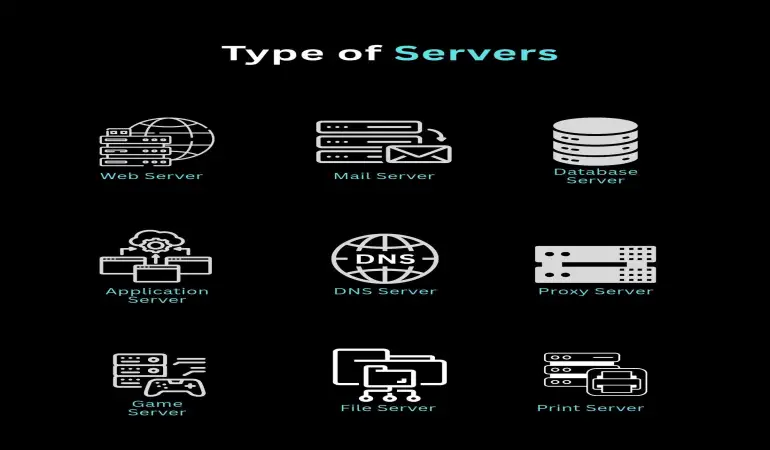Understanding the Different Types of Servers and Their Functions
In today’s digital world, servers are the backbone of nearly every online and networked activity. They store, process, and deliver data to users across the globe. However, not all servers serve the same purpose. Each type of server is designed to handle specific tasks. In this article, we’ll explore the most common types of servers and explain what makes each of them unique.
October 30, 2025 21:05
🌐 1. Web Server
A web server delivers web pages to users via the internet. It handles requests from browsers using HTTP or HTTPS protocols and sends back files such as HTML pages, images, and videos. Popular web servers include Apache, Nginx, and Microsoft IIS. Without web servers, websites wouldn’t be accessible on the internet.
📧 2. Mail Server
A mail server manages the sending, receiving, and storage of emails. It relies on protocols such as SMTP, IMAP, and POP3 to exchange messages between devices. Every time you send or receive an email, a mail server is working behind the scenes to make that possible.
🗄️ 3. Database Server
A database server stores and organizes large amounts of data that applications or websites can access. Systems like MySQL, PostgreSQL, and Oracle help manage data efficiently and securely. These servers are essential for dynamic applications such as e-commerce sites or social networks.
⚙️ 4. Application Server
An application server handles the logic and operations behind applications. It sits between the web server and the database, processing user requests and running complex functions. Examples include Apache Tomcat, JBoss, and WebLogic. Application servers are critical for running enterprise software and dynamic web apps.
🌍 5. DNS Server
A DNS server (Domain Name System) translates domain names like www.google.com into IP addresses that computers can understand. Without DNS servers, users would need to memorize long strings of numbers to access websites. Essentially, DNS servers act as the internet’s phonebook.
🔒 6. Proxy Server
A proxy server acts as an intermediary between a user’s device and the internet. It can filter requests, cache data, and hide the user’s IP address. Proxy servers are commonly used for improving network performance, increasing security, and maintaining online privacy.
🎮 7. Game Server
A game server hosts multiplayer online games, managing all the data needed for real-time gameplay. It synchronizes movements, interactions, and updates between players to ensure a smooth gaming experience. Games like Minecraft, Fortnite, and Counter-Strike rely on powerful dedicated game servers.
📁 8. File Server
A file server provides centralized storage for files and documents within a network. Users can access, share, and manage files without storing them locally. This setup improves collaboration and data security, especially in business environments that depend on shared access.
🖨️ 9. Print Server
A print server manages printing tasks across a network. Instead of connecting each computer directly to a printer, a print server coordinates and queues print jobs efficiently. This simplifies administration and reduces network congestion.
🧭 Conclusion
Servers are the unseen powerhouses of the modern digital landscape. From delivering web pages to hosting multiplayer games, each server type plays a vital role in keeping technology connected and functional. Understanding these different types helps businesses and individuals choose the right infrastructure for their needs.
